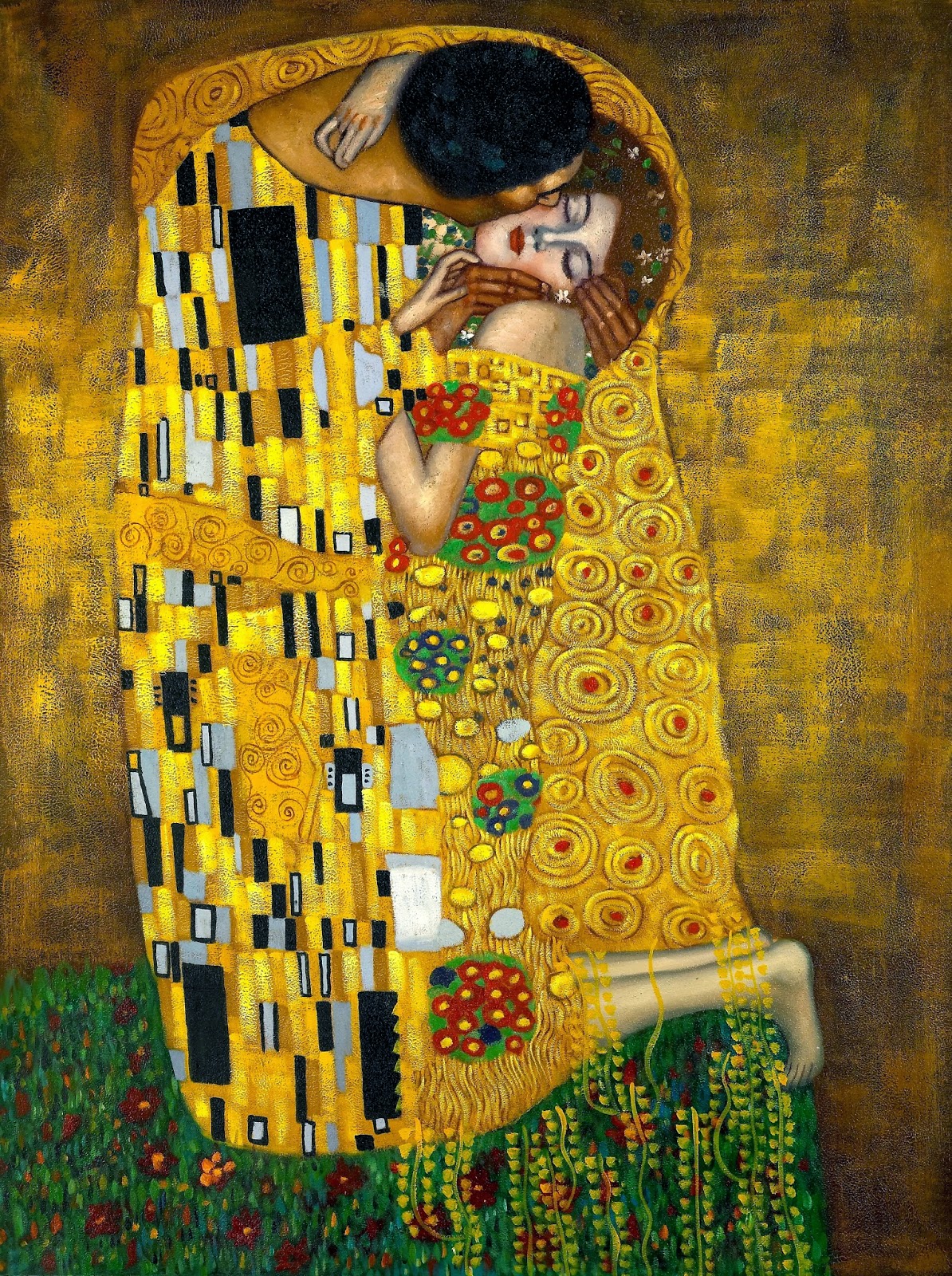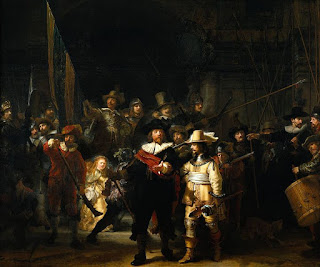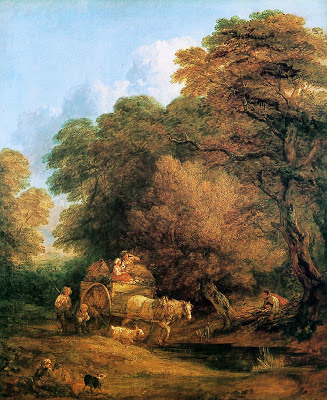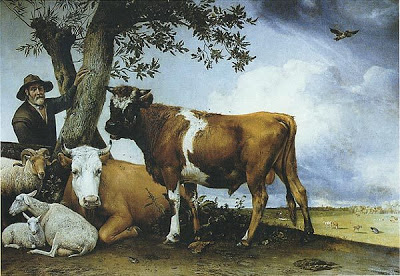The Kiss is Gustav
Klimt’s most famous and well known painting. Produced in 1908 in Vienna,
Austria and incorporated oil and gold life on the canvas (1). This was
unique for his time and represents both tile works with Asiatic influence. The painting
and the romance it brings forward is still wonderment to onlookers. The picture
depicts a passionate relationship between a man and woman in a sort of perfect
place.
The couple is
embracing, bodies entwined, wearing robes of wealth and decadence. It provides
linear constructs of the Art Nouveau style and the movement of arts with crafts
(2).
The male is square and masculine while the woman painted is in curves to
represent femininity. The couple is a pair with the woman and man equal in stature.
They are in a field of flowers and appear to rise above it.
To many this painting represents the concept that love has
no bounds. Social position or worldly wealth cannot hide what goes on under the
fancy clothes and standard manner of living. Love is something that has existed
since the beginning of time and no matter how many layers of other stuff we pile
on it the essentials are always the same.
No one knows for sure who the female is within the picture.
Some believe it is Klimt’s life-long partner Emilie Floge or Adele Bloch-Bauer
(3).
Her facial features are so generic that it would be difficult for a person to
actually discriminate between Klimt’s many lovers and the actual subject of his
painting. Whoever it was there is little doubt there was great passion in the
relationship.
Klimt was a rare artist who achieved both wealth and
notoriety in his life (4).
He traveled little but painted everyday from morning until night. His father
was a metal engraver and he seemed to pick up the trait in his formal and
informal schooling to make the works by which he is now famous. His life was prosperous
until he died in 1918.



